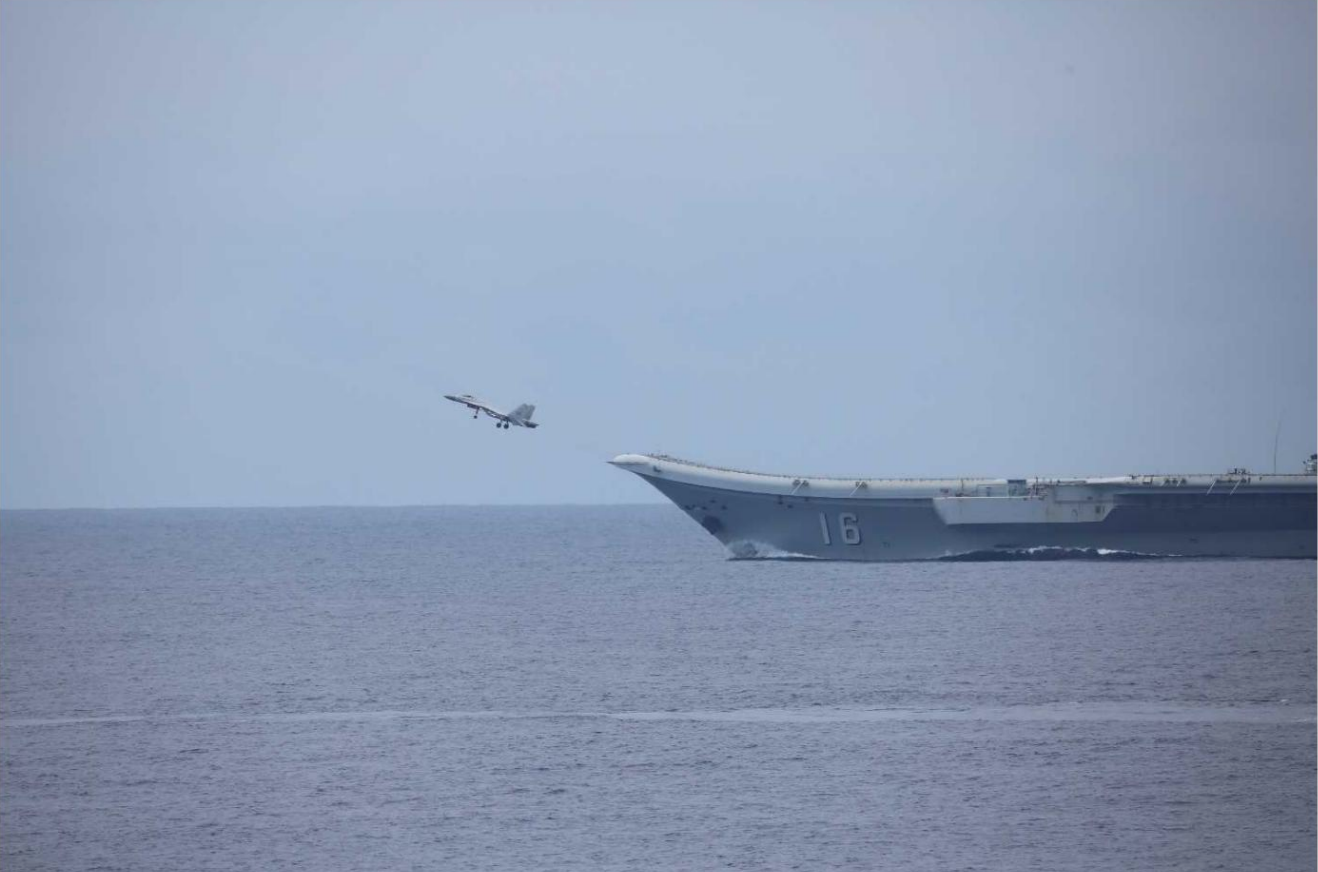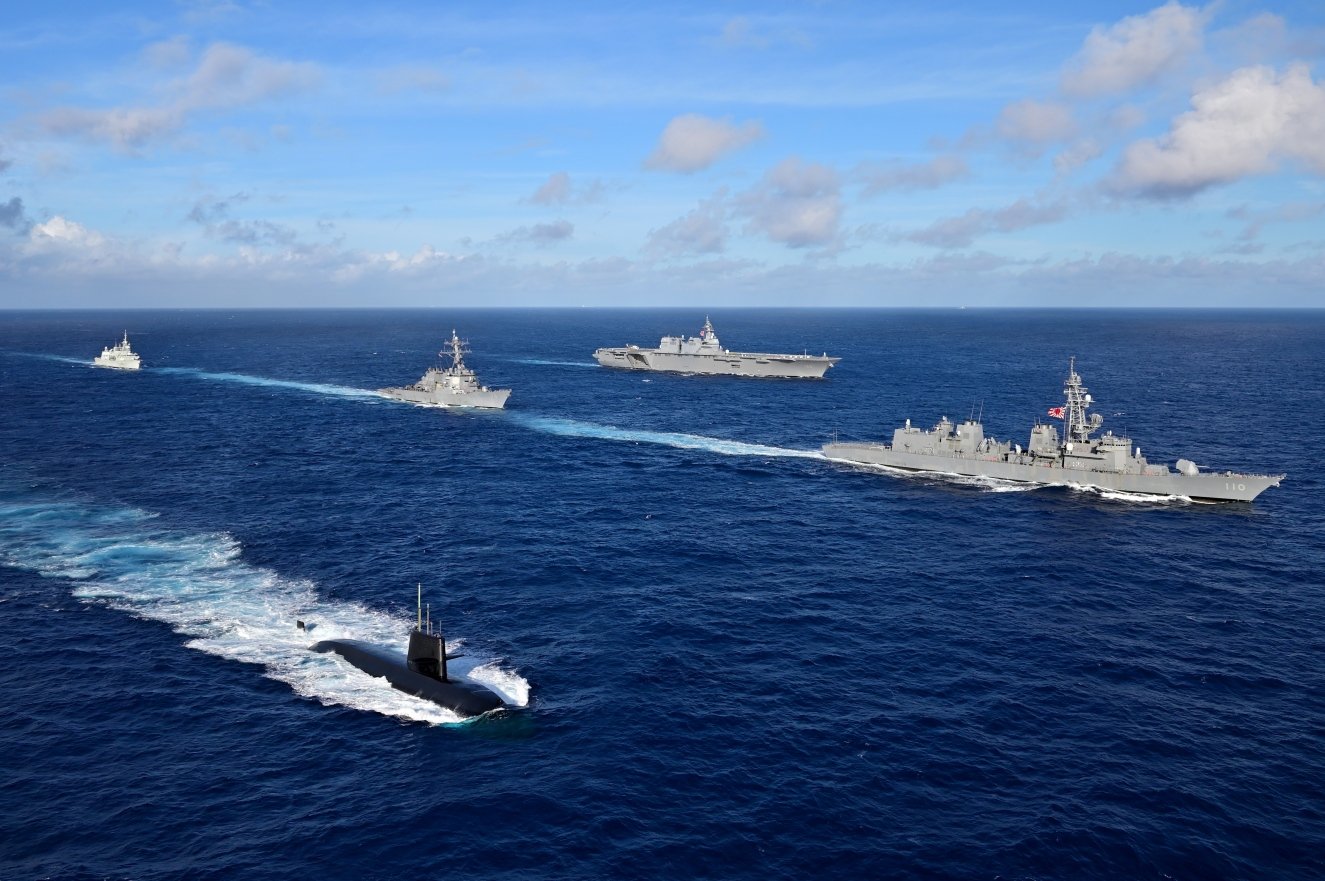
Japanese fighter jets scrambled a total of 778 times in the past fiscal year, a decrease of 226 from the previous fiscal year, Japan’s Ministry of Defense said Tuesday.
The Japanese jets scrambled 778 times between April 1, 2022 and March 31, 2023, compared to Fiscal Year 2021’s total of 1004 scrambles, according to a Tuesday statement from Japan’s Ministry of Defense. Despite the decrease, the Ministry considers the total high. Japanese fighters have seen more than 700 scrambles annually since 2013.
The majority of the scrambles – 575 – of the scrambles were against Chinese aircraft while 150 were against Russian aircraft. The Defense Ministry confirmed two Russian-Chinese joint long-range bomber flights around Japan. The number of Chinese unmanned aerial system flights detected increased in FY 2022 and that activities by Russian and Chinese aircraft around Japan are ongoing.
Scrambles against Russian aircraft were 19 percent of the scramble total. The scrambles against Russian aircraft decreased by 116 in contrast to FY 2021’s total of 266 – the lowest since 2013, according to the ministry, likely due to the Russo-Ukraine War.
In terms of scrambles by operational district, the Japan Air Self Defense Force Southwest Air District saw the most with 515 scrambles for FY 2022 though it decreased from FY 2021’s total of 652. The JASDF Southwest Air District covers areas where Chinese aircraft routinely transit or operate in the international airspace, particularly around the Miyako Strait. China’s aircraft carrier CNS Liaoning (16) routinely conducts deployments nearby.
The JASDF Northern Air District reduced its scrambles in FY 2022 to 116 compared to 217 in FY 2021. The JASDF Central Air District carried out 32 scrambles in FY 2022 compared to 31 in FY 2021, while the JASDF Western Air District carried out 115 scrambles in FY 2022 compared to 104 in FY 2021.
The release also included 34 instances of aircraft activities, which included J-15s fighters operating from the Liaoning in May and December, as well as joint Russian Chinese bomber flights on May 24, 2022, and Nov. 30, 2022. Other activities were Russian fighters, bombers and intelligence aircraft and Chinese fighters, bombers, intelligence aircraft and UASs.

In a release Wednesday, the JMSDF announced its Indo-Pacific Deployment 2023, which begins this week and ends Sept. 17.
The objectives of the deployment is to, “strengthen cooperation with partner navies in the Indo- Pacific region through conducting exercises and to contribute to the peace and stability of the region,” according to the JMSDF.
This the seventh IPD exercise series since its inception in 2017. IPD23 will see five ships deployed as three surface action groups along with a submarine.
The first surface group is formed around helicopter carrier JS Izumo (DDH-183) and guided-missile destroyers JS Samidare (DD-106) and JS Shiranui (DD-120) along with four embarked helicopters.
Landing Ship Tank JS Shimokita (LST-4002) with its two embarked LCACs forms the second surface unit while frigate JS Kumano (FFM-2) forms the third surface unit.
The identity of the submarine forming the submarine unit was not disclosed.
IPD23 marks the first time the JMSDF has committed an LST and a Mogami-class frigate to a deployment. In contrast to IPD22, none of the JMSDF’s fixed-wing aircraft are being deployed as part of IPD23. Japan Ground Self-Defense Force personnel will also be involved in some of the exercises.
The release did not mention specifically which units will take part in the exercise. IPD23 units will participate in the multilateral exercise Pacific Vanguard, which normally takes place around the Philippine Sea and Guam, the Australian-U.S led Talisman Sabre exercise held in Australia from July 22 to Aug. 4 , the U.S. –Australia – India – Japan Malabar exercise to be held in Australia in August and the bilateral Japan-India Maritime Exercise (JIMEX) 2023.
The units will also conduct exercises with partner navies and countries where it will make port visits. Countries on the IPD23 visit list are Australia, Fiji, French New Caledonia, Kiribati, India, Indonesia, Malaysia, Maldives, Palau, Papua New Guinea, Philippines, Singapore, Solomon Islands, Sri Lanka, Tonga, Vietnam and the United States.
Meanwhile, Japan continues search and recovery operations for 10 Japan Ground Self-Defense Force personnel killed in the April 6 crash of a JGSDF UH-60JA Blackhawk helicopter flying from Miyako Island. A section of the helicopter and five bodies in it was discovered Sunday on the seabed in an area 6 km north of Irabu Island, lying 4 km north of where the aircraft was last detected.
The JGSDF issued a Tuesday release saying that a sixth body had been found in the area. Among the personnel on the helicopter was Lt. Gen. Yuichi Sakamoto, commander of the JGSDF’s 8th Division, who had only recently been appointed to command the division and was on the flight as part of a familiarization tour of the operational area of his division.





